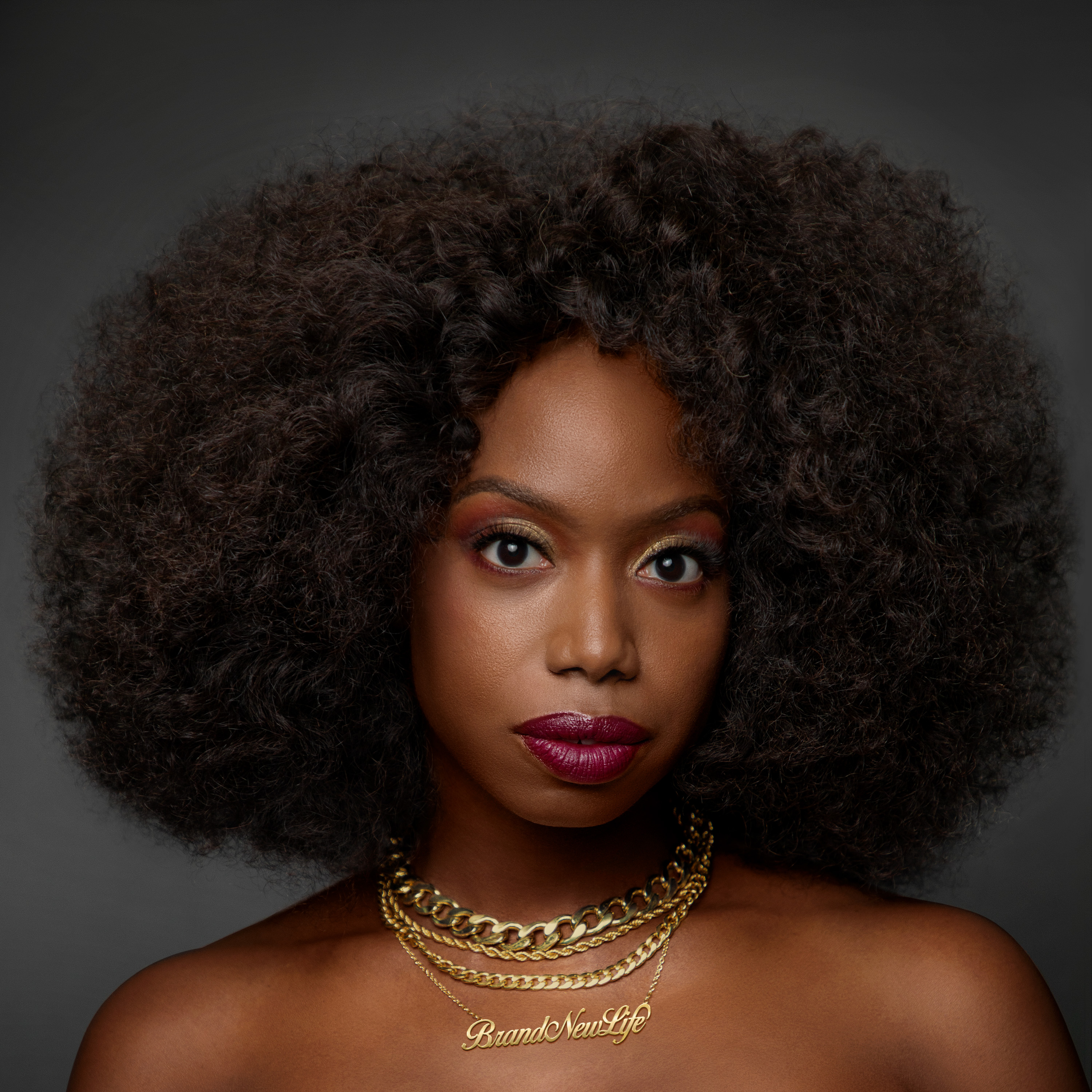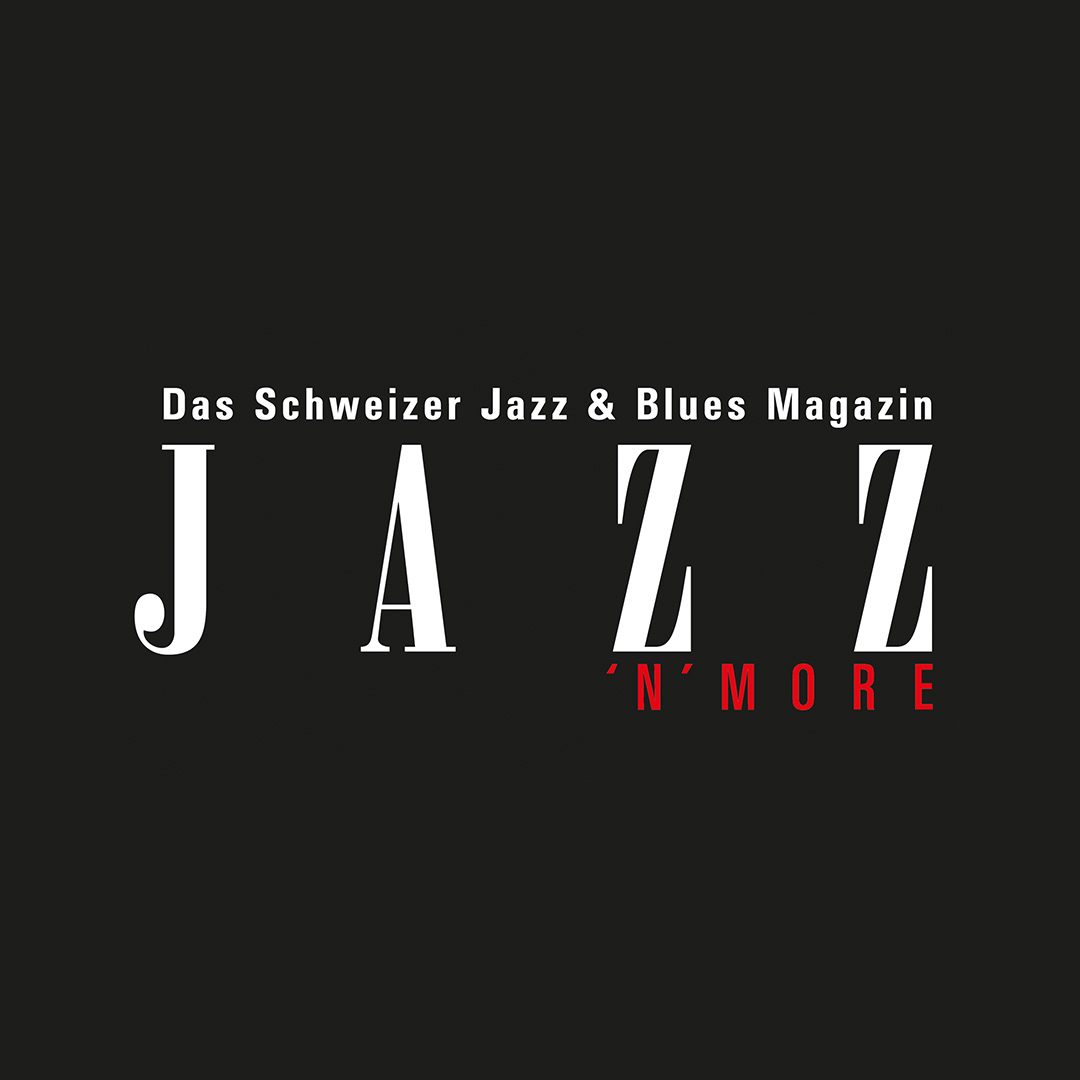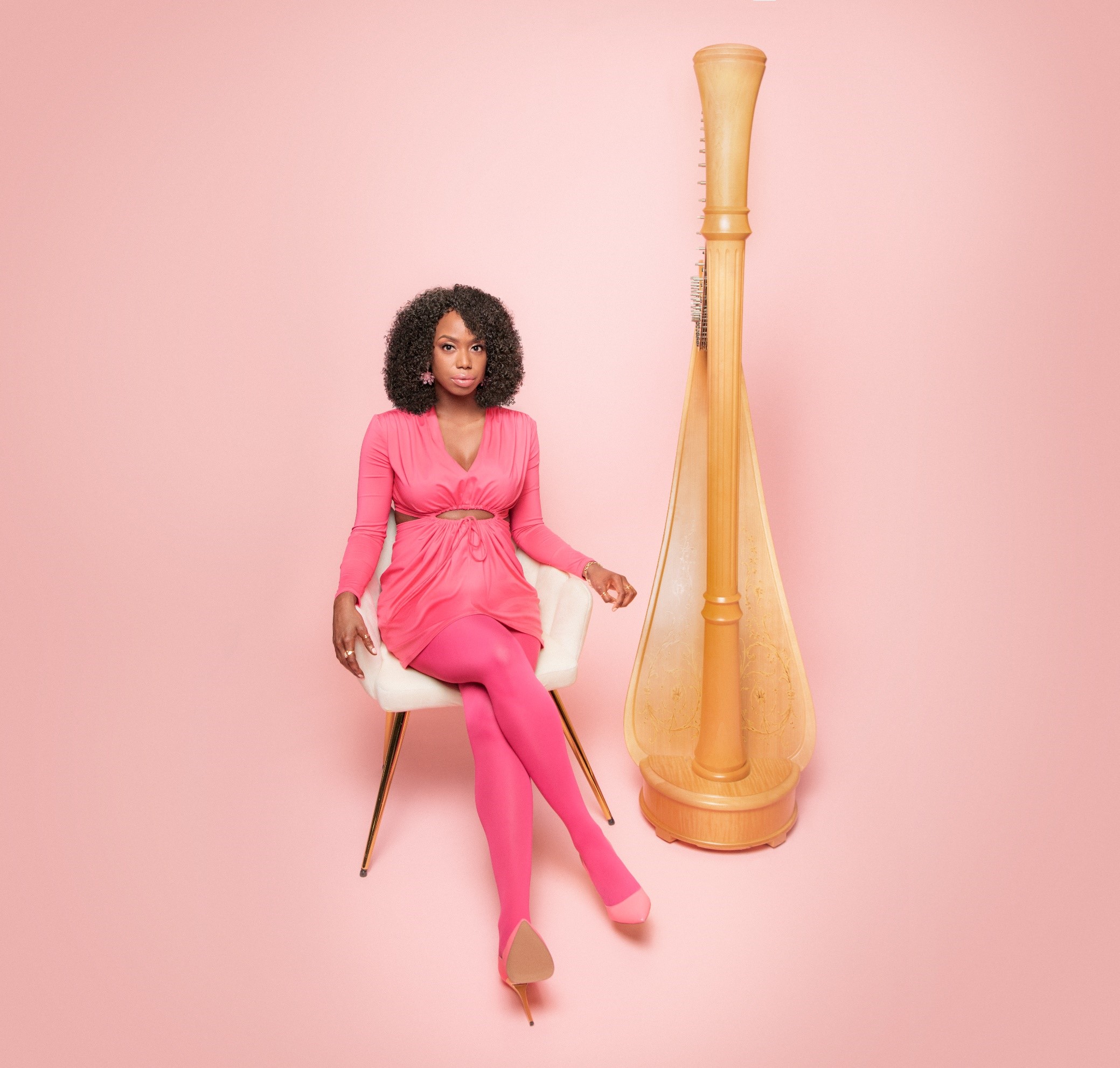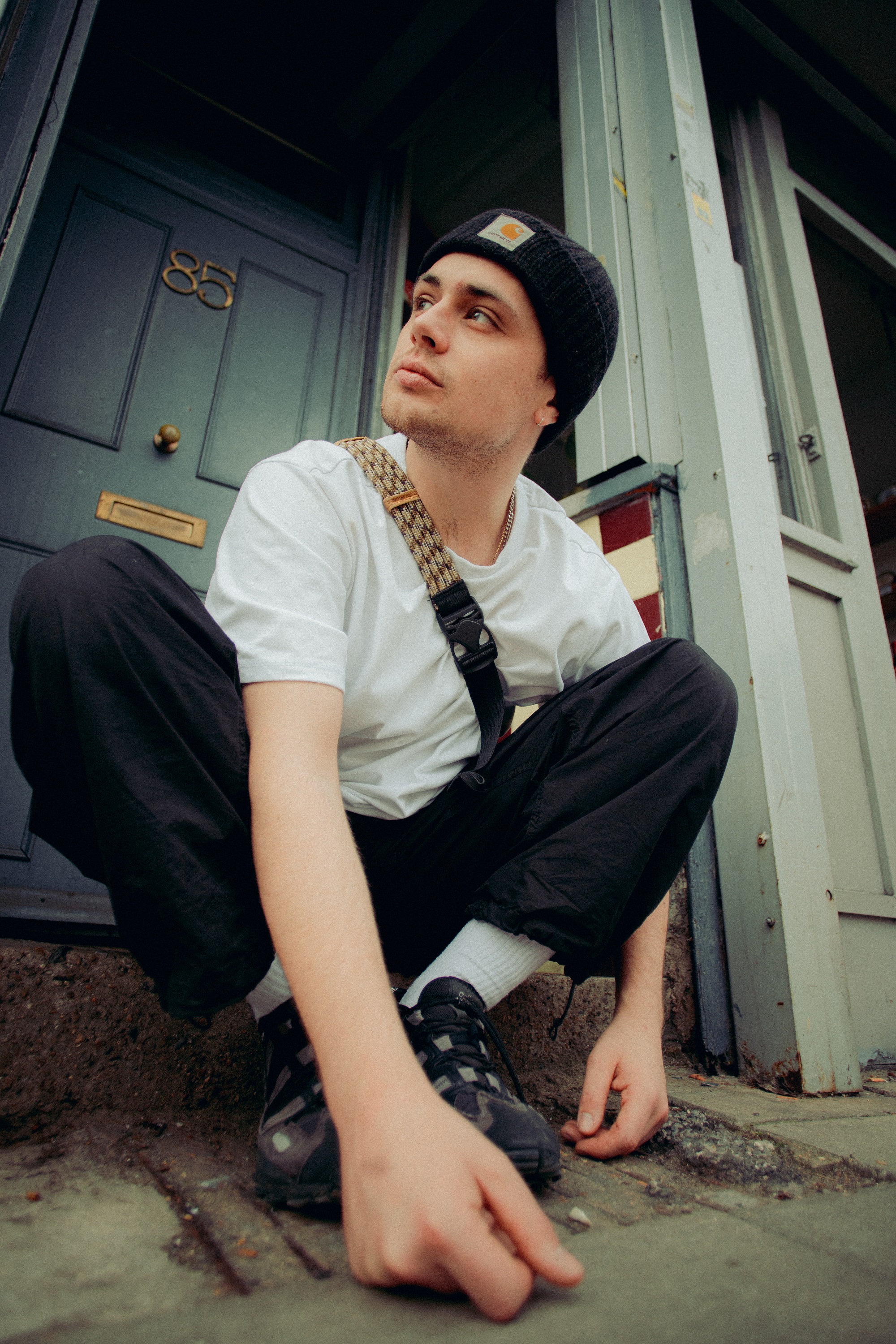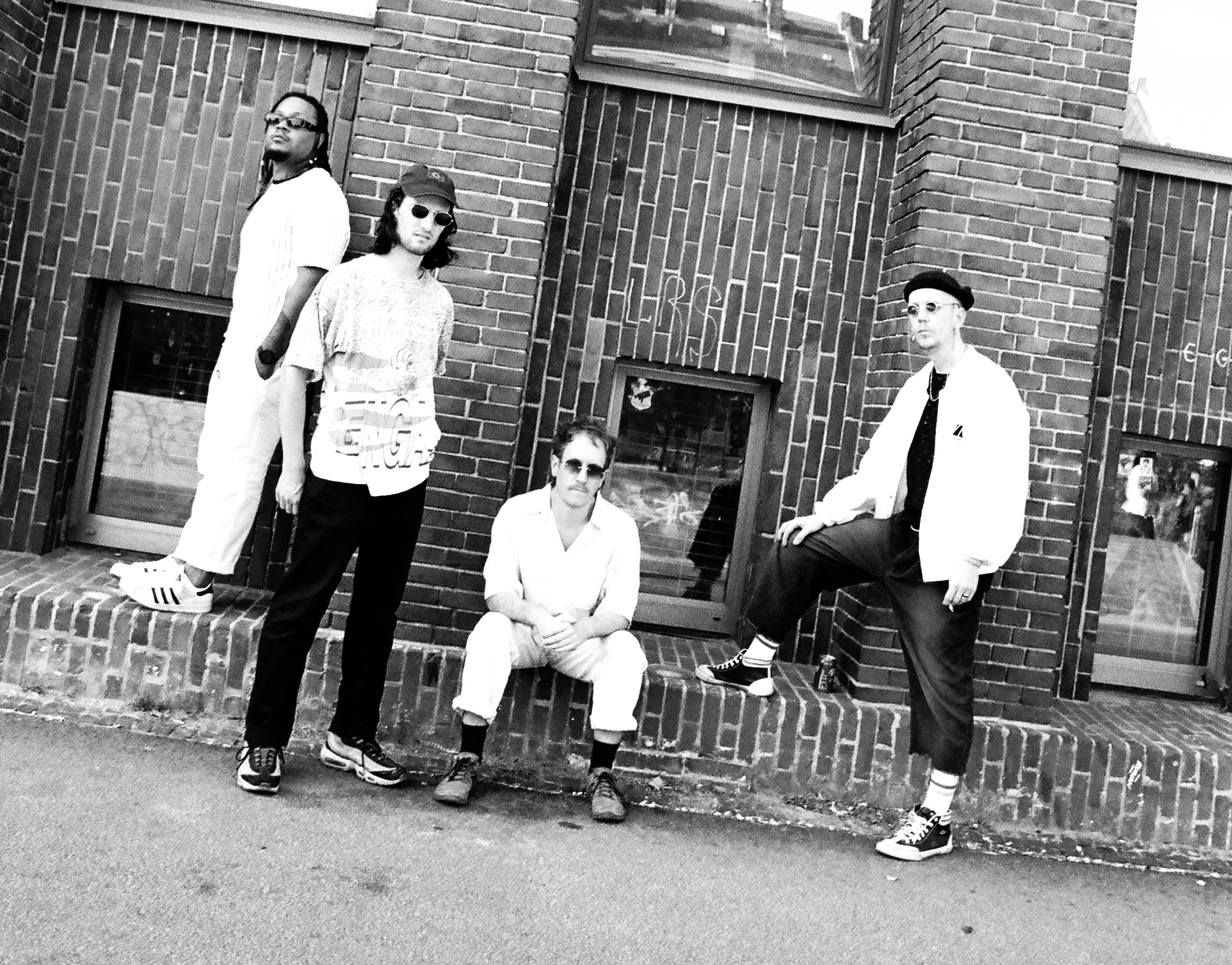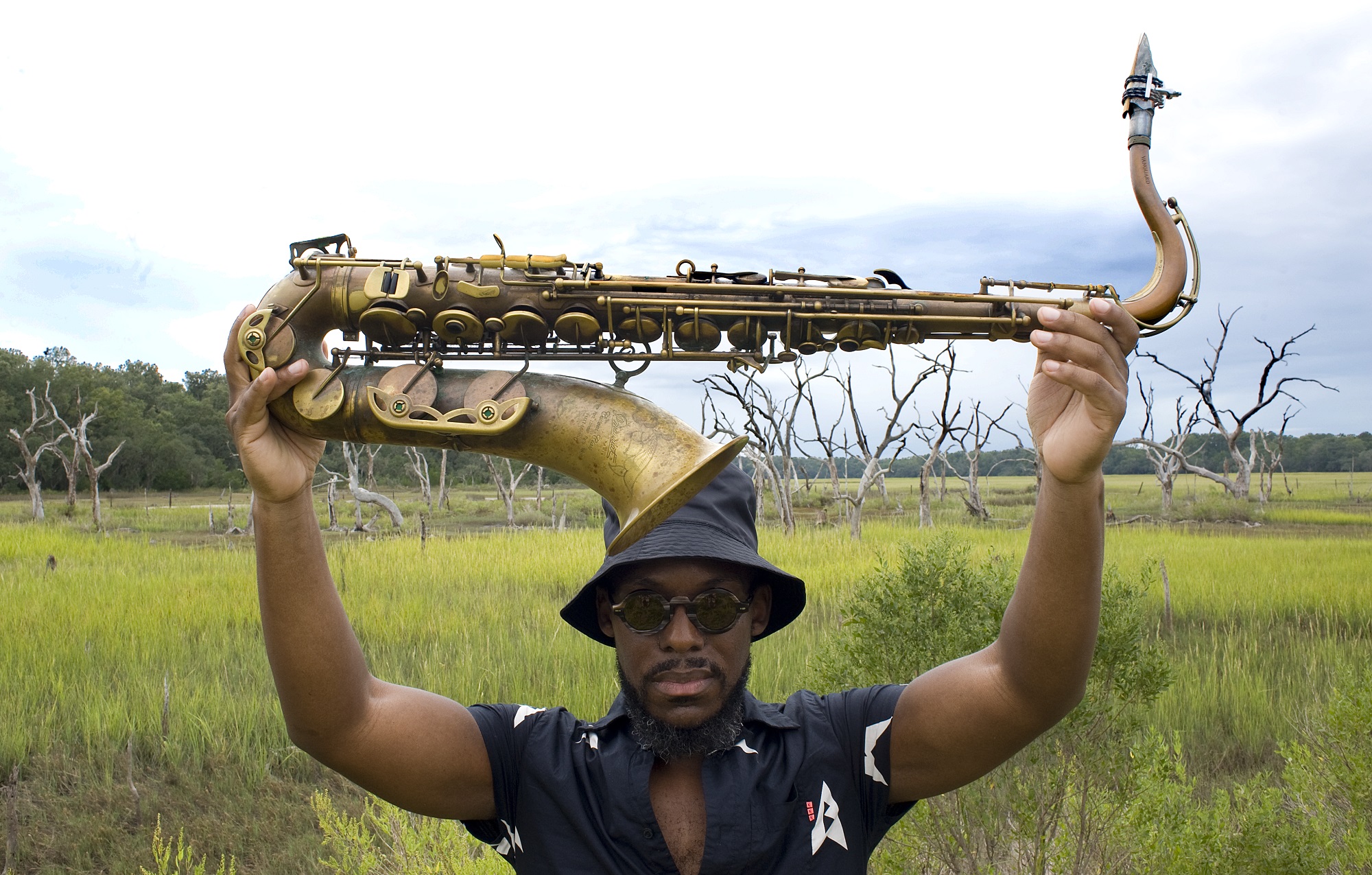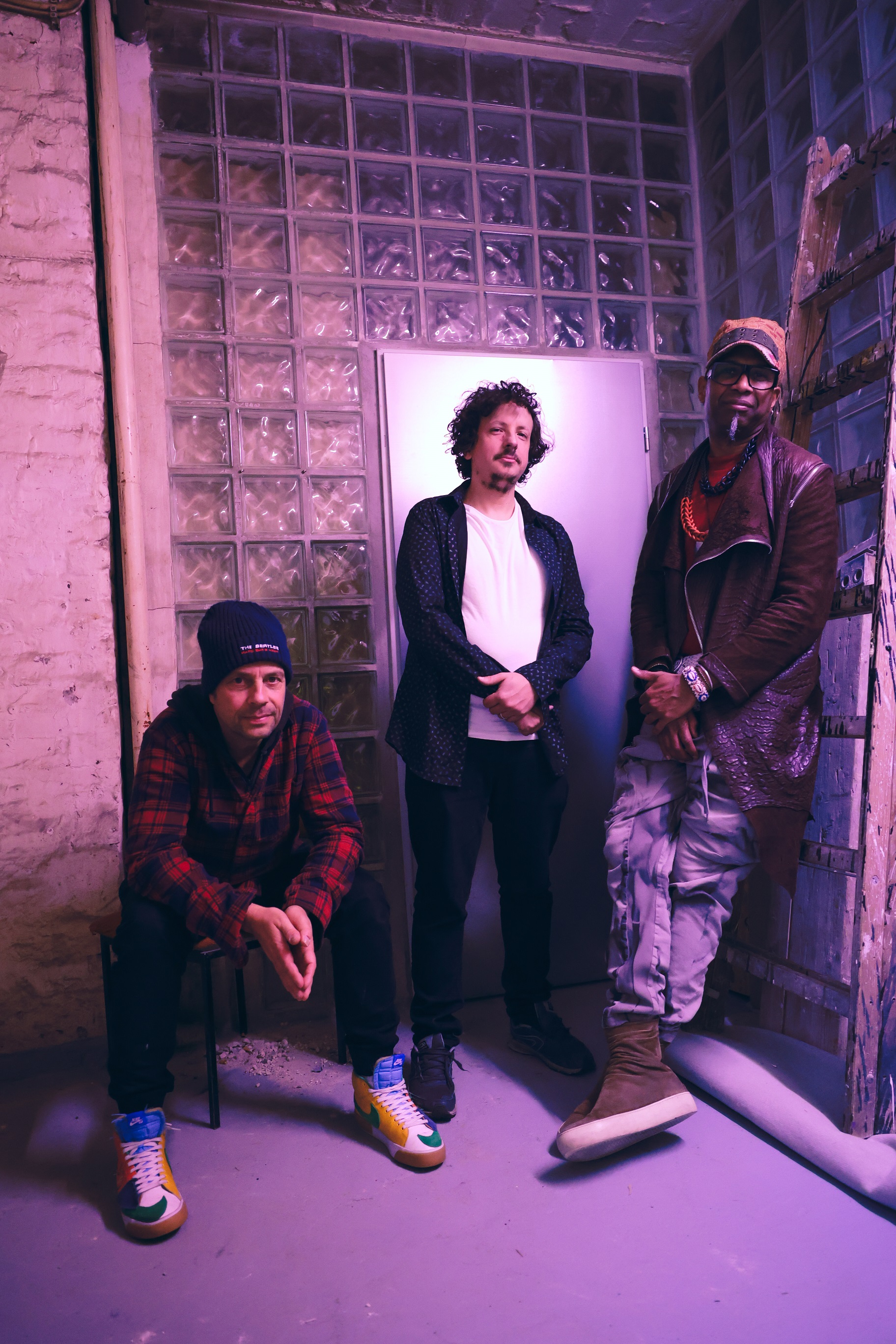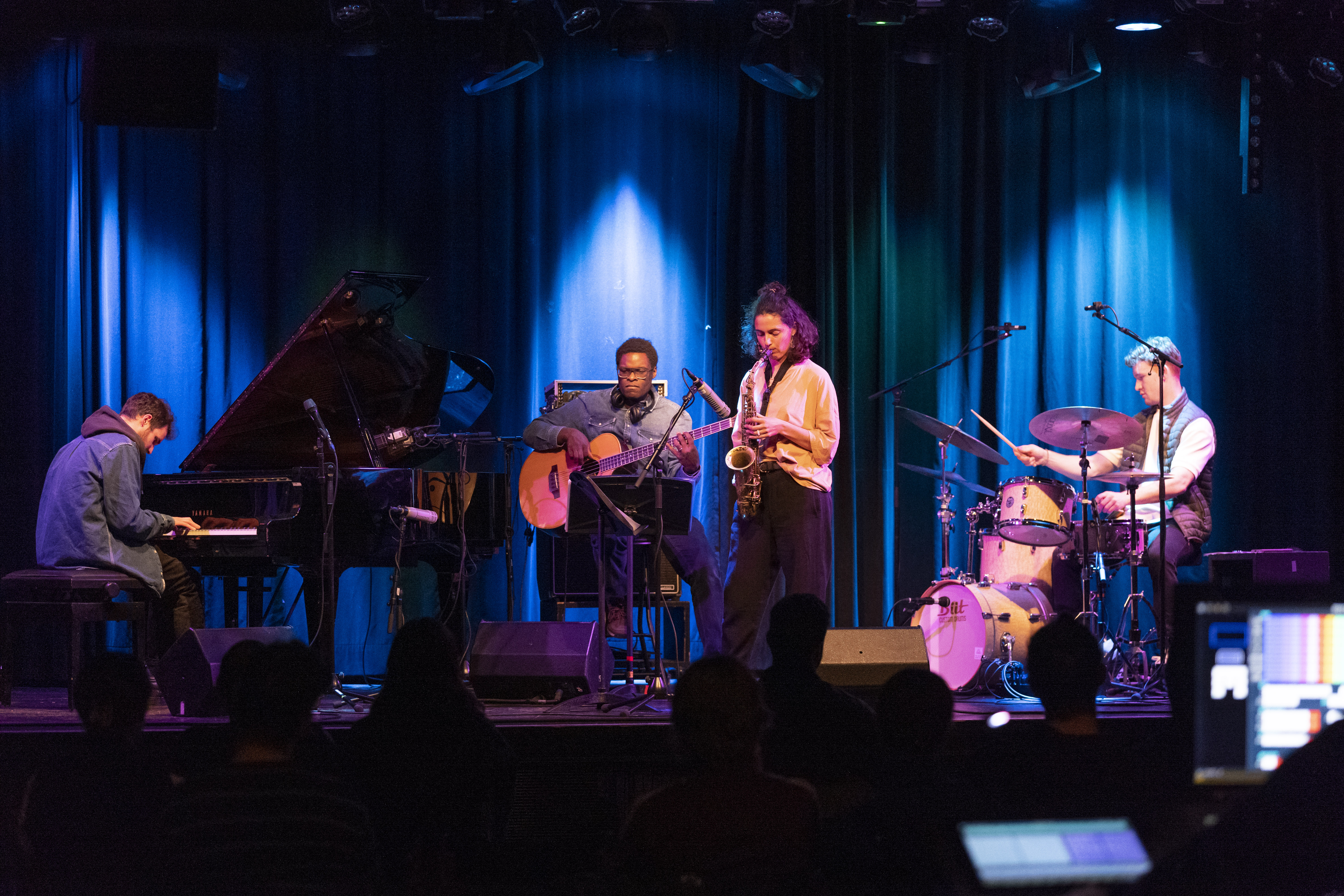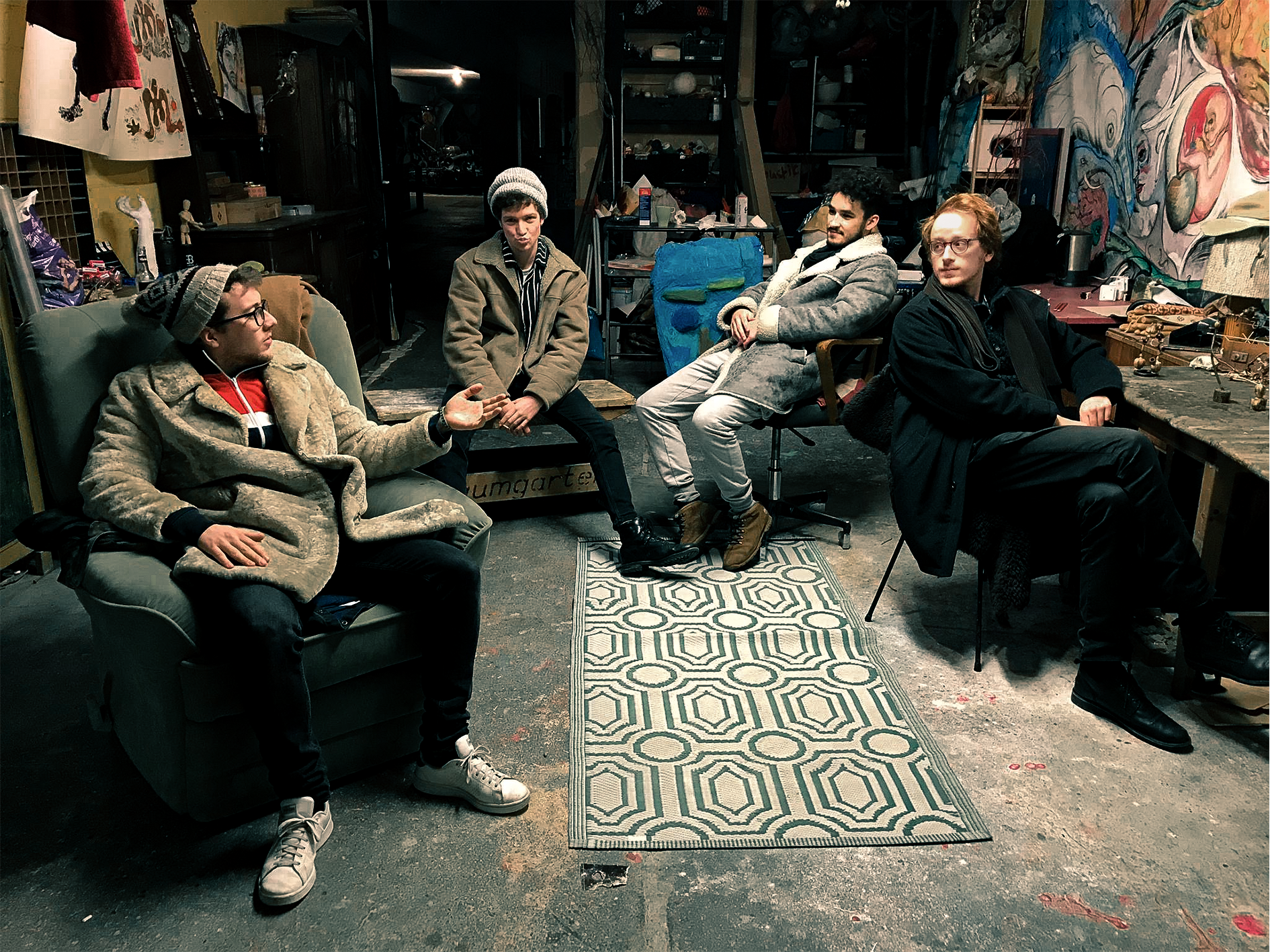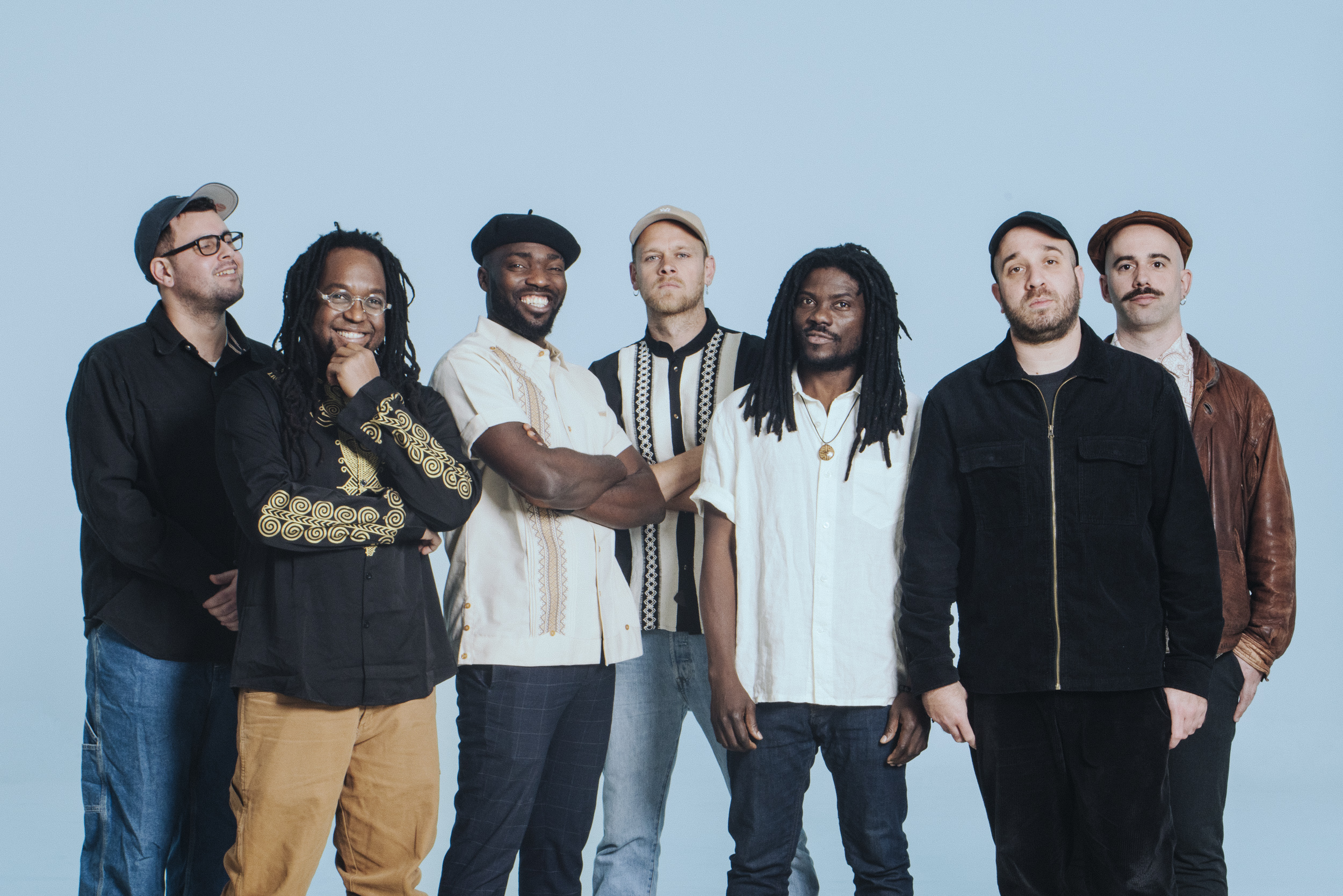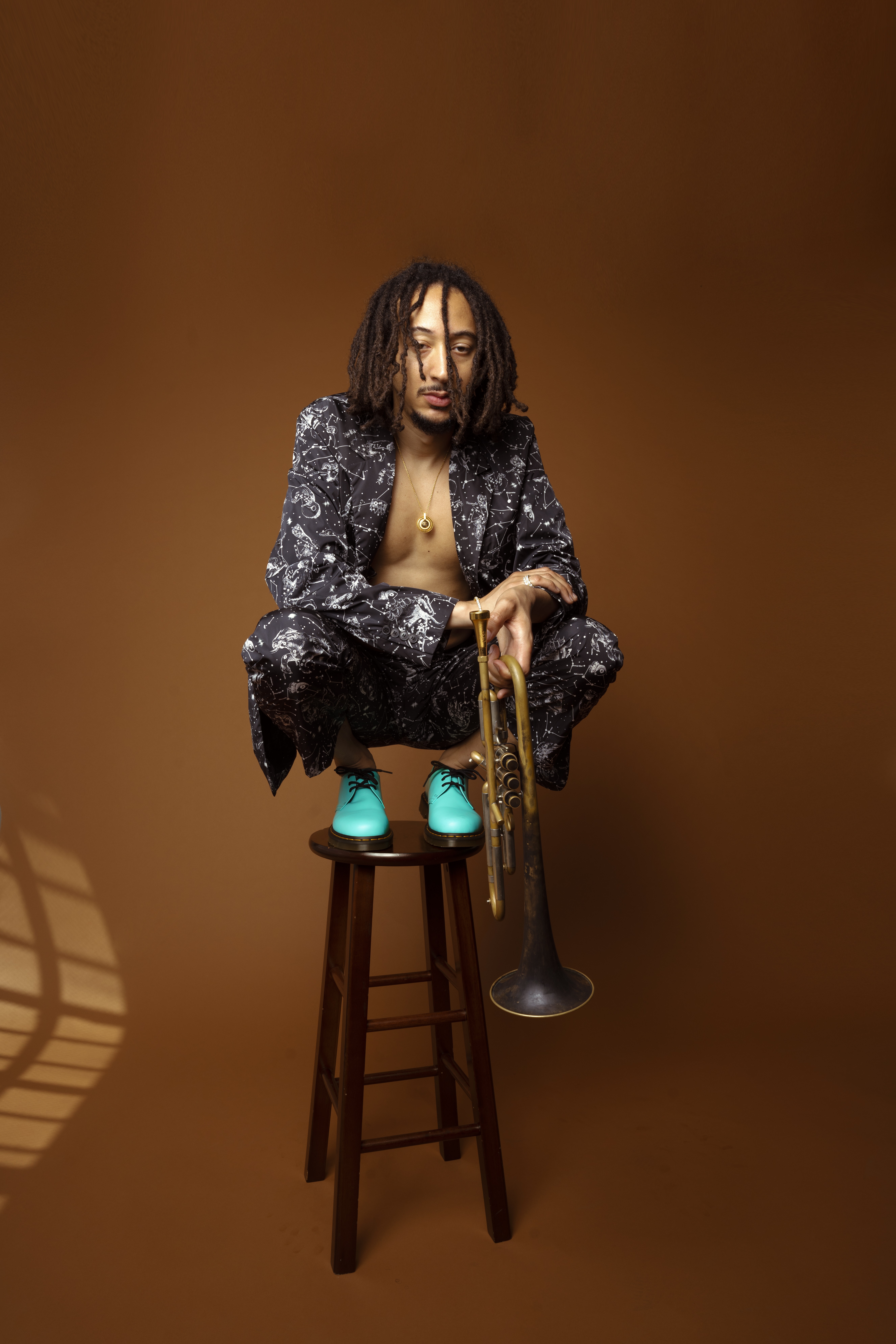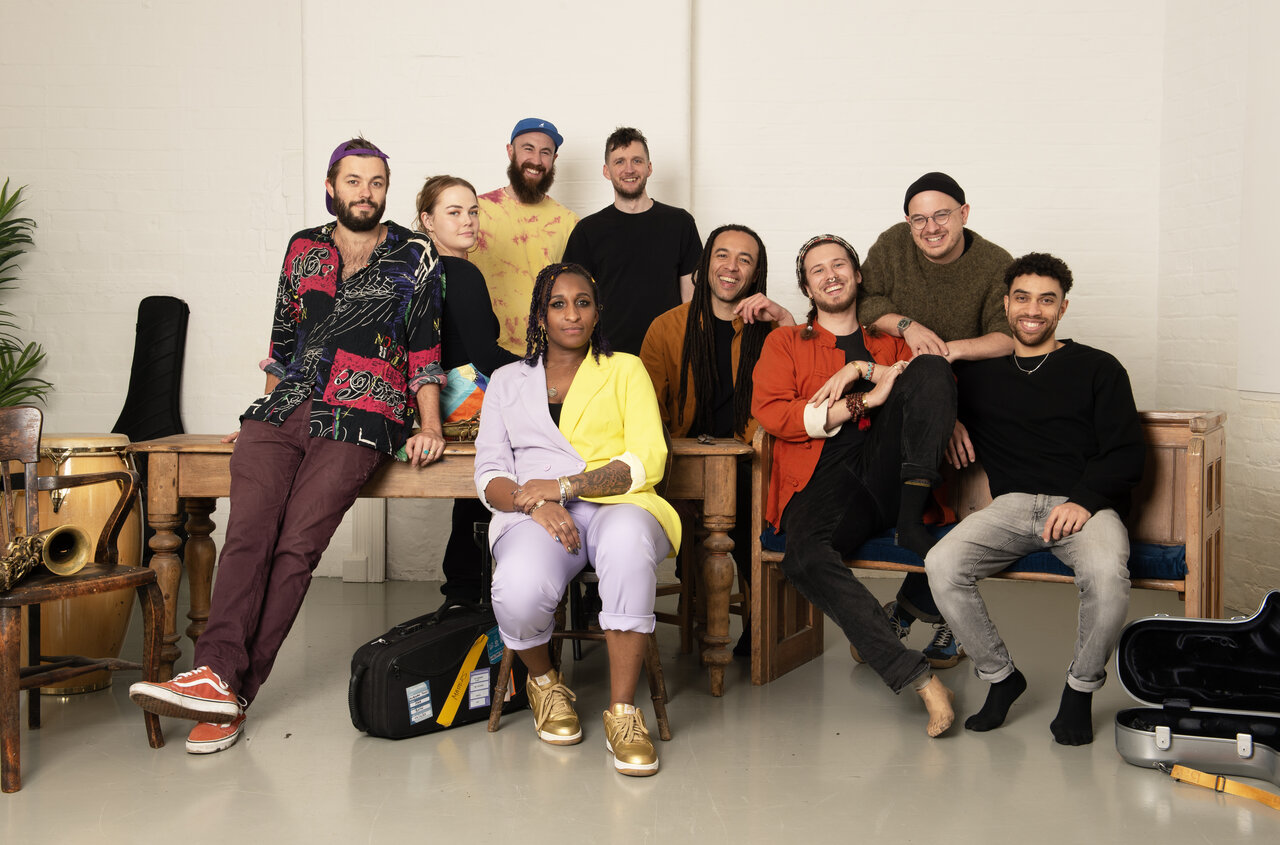Brandee Younger Trio
JazzGroove JazzContemporary Jazz
Brandee Younger
American harpist Brandee Younger is on her way to becoming a new star on the jazz scene. scene. Her playing is influenced as much by the jazz harp pioneers Dorothy Ashby (1932-1986) and Alice Coltrane (1937-2007) as well as R'n'B, pop, soul and hip-hop. JAZZ'N'MORE spoke to her in a telephone interview.
Brandee Younger: Dorothy Ashby was a wonderful musician. As a young woman who played the harp, Dorothy Ashby became a formative role model. I mean, she was a woman, a black woman, and she was a harpist who didn't play traditional music. Hearing how she, and of course Alice Coltrane, brought this instrument into completely different stylistic areas meant a lot to me.JNM: Can you understand why Dorothy Ashby was sampled by hip-hop artists in the early 1990s?
BY: Absolutely. Her albums from the late 1960s, released on the Cadet label and produced by Richard Evans, are just very funky. For a young beatmaker going through his parents' record collection and finding music with such a strong, fat beat, bass and drum grooves, it's like paradise.JNM: You have already mentioned Alice Coltrane. What influence did she have on your understanding as a harpist and on your music?
BY: Like Dorothy Ashby, she was a black woman who played the harp and brought the instrument into non-traditional areas. That was very important to me. Alice Coltrane's recording of Blue Nile was the first song I heard her play. The way she could literally play glissandos, so sensitively through a blues, just blew me away. I had never heard a harp sound like that before. I loved it and knew: I want to make that sound too.JNM: Your new album was produced by Makaya McCraven. How did you work together? What was his role?
BY: A few years ago I told Makaya about the record I wanted to make and he said he'd love to be a part of it. I was very happy about that, but at the time I didn't know how much he would actually end up contributing to the album. A lot of it came about in post-production, with his ideas for the instrumentation and his arrangements. He made the structure, brought everything together and contributed a lot to the final product. It's the first album that I just recorded without thinking about the genre or what people would say about it. It has everything that defines me. The title track, for example, is a pure R'n'B track. It has elements of 1970s soul or R'n'B.JNM: With the legacy of Dorothy Ashby and Alice Coltrane in mind, the way you play and compose your music is also a reflection of black music. How would you describe the specific qualities of black music?
BY: A lot of it has to do with the groove. I don't just mean the rhythm, but the groove, that feeling. When teaching, I've also told students: It's great that you can play all these notes, but when you're performing, you don't pick people up with how many notes you play. They want to feel something. When you play music, it's about the feeling you have as a listener. That's what lasts, that's what counts. There is this element of "soul" in black music. It can't be written down on paper, you can't teach it in a course or at a school. It comes from within. I think that's really the key.JNM: How did you come into contact with the jazz scene as a harpist?
BY: In high school, the marching band was important. Our marching band was modelled after the historic marching bands at black colleges. We played George Benson. Earth, Wind and Fire. Michael Jackson. When we weren't marching, we had a jazz band season. At that time, I was moved from flute to trombone. So I played the trombone. In high school, the harp wasn't an issue for me for a long time. In the jazz department in college, I met Nat Reeves, Jackie McLean, Steve Davis and they took me in their classes. I never brought my harp, but I sat in on classes and tried to bring everything I could. I was too embarrassed to play the harp at school. So I first tried to find out how to play a few standards on the harp in my spare time. That was a long process.JNM: With its many strings, diatonic mode and pedals, the harp is a very complex instrument. What is the challenge of playing the harp in a jazz context?
BY: The traditional harp repertoire is difficult and has many pedal changes. The big difference is that everything is written out in the classical repertoire. Every step, every phrase, every dynamic, every pedal change. There is never any guesswork. You never have to think twice. But when you improvise with the harp, you always have to think twice or three times about what you can do so that the pedals aren't in the wrong key. That's why one of my mentors, Antoine Roney, always told me: "Practise something that is modal. That way you can at least start in one key and then move around. Move back and forth between one or two keys until you get used to the movement." Harmonic movement is challenging on the harp.JNM: The harp is a physically monumental instrument. Is it also a special physical experience to play it?
BY: We rest the harp on our bodies and that is really something unique. The harp is a huge cavity made from a single piece of wood. You feel the vibration in your body and that has a healing effect in a way. It's hard work because you have to think and work a lot, but if you can just do it and feel it, it's healing. That's why the harp is so popular in music therapy. The vibration between the instrument and the body definitely creates a strong sense of connection.JNM: "Brand New Life" is already your seventh album. How do you think your music will evolve, what do you have in mind?
BY: One thing I want to do is focus more on solo work. I think I've succeeded so far in introducing the instrument in the context of a rhythm section to people who didn't know or perhaps didn't like the harp. Now I would also like to pursue solo playing more intensively, not only to develop my sound and my playing, but also to further promote people's perception of the instrument.Interview conducted by Pirmin Bossart
The article about Brandee Younger appeared in the special edition of the Swiss Jazz & Blues magazine JAZZ'N'MORE about the Festival da Jazz 2023.
More information and subscriptions at www.jazznmore.ch
Modern Creative Jazz at Moods
corto.alto
JazzJazz Modern CreativeModern Creative JazzLondon JazzGroove Jazz
Zeitgeist Freedom Energy Exchange
Jazz Modern CreativeElectronic / PartyContemporary JazzElectronic JazzGroove JazzParty
Marcus Strickland Twi-Life
JazzContemporary JazzGroove Jazz
Omar Sosa, Joo Kraus, Diego Piñera
vibe factor
JazzGroove JazzLatin JazzFusionElectronic Jazz
Album Release
Kaan Peeters Quartett
Jazz Modern CreativeGroove JazzModern Creative Jazz
The Big Tusk
JazzModern Creative JazzGroove JazzContemporary JazzElectronic Jazz
London Jazz Calling
Jembaa Groove
Global SoundsJazzSoul / Blues / FunkAfrobeatsGroove JazzModern Creative JazzNeo Soul
Theo Croker
JazzJazz Modern CreativeModern Creative Jazz
London Jazz Calling
Nubiyan Twist
JazzJazz Modern CreativeGlobal SoundsGroove JazzModern Creative JazzLondon JazzAfrobeats
You could like this too
Our Modern Creative Jazz Playlist
More


